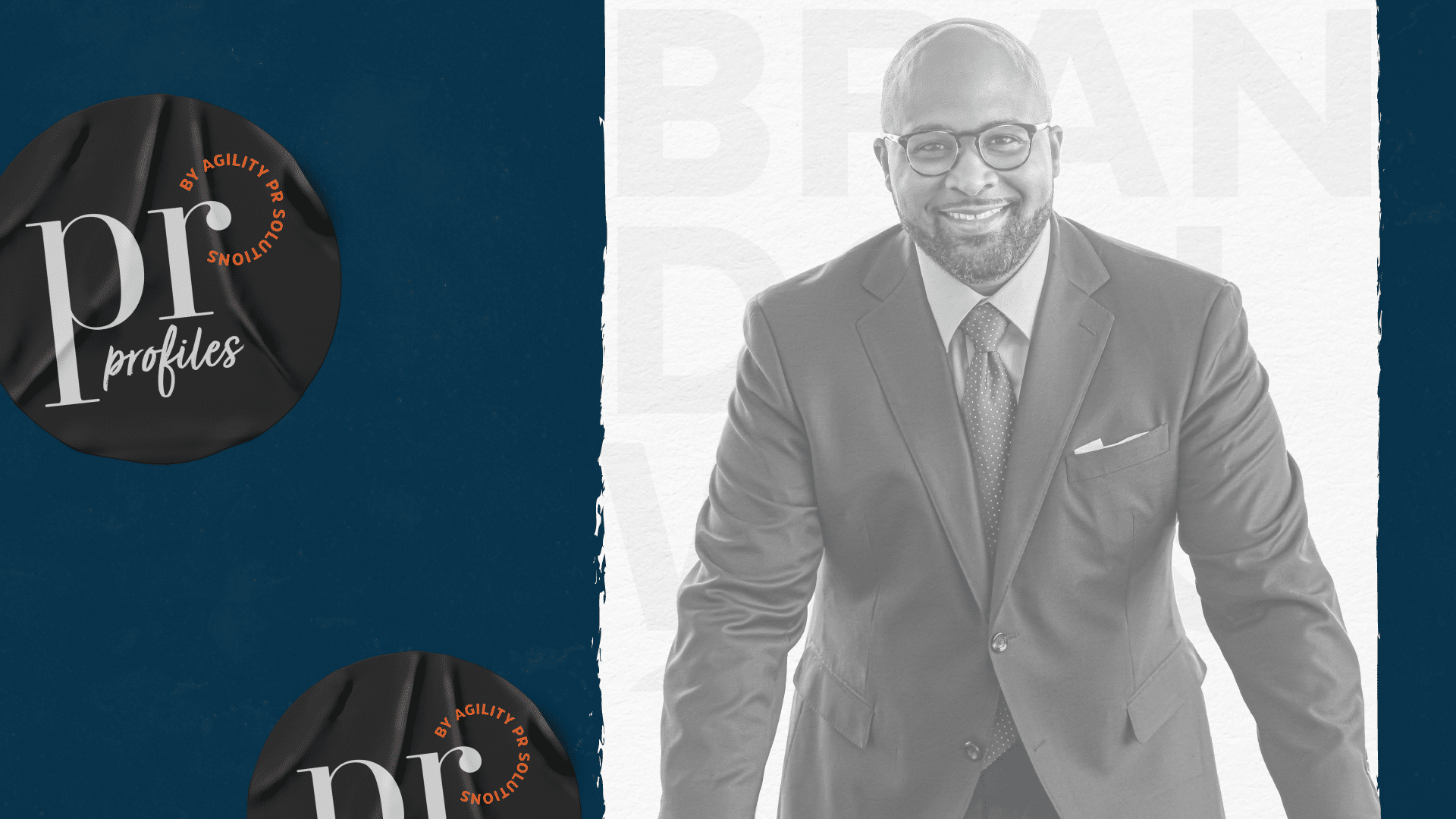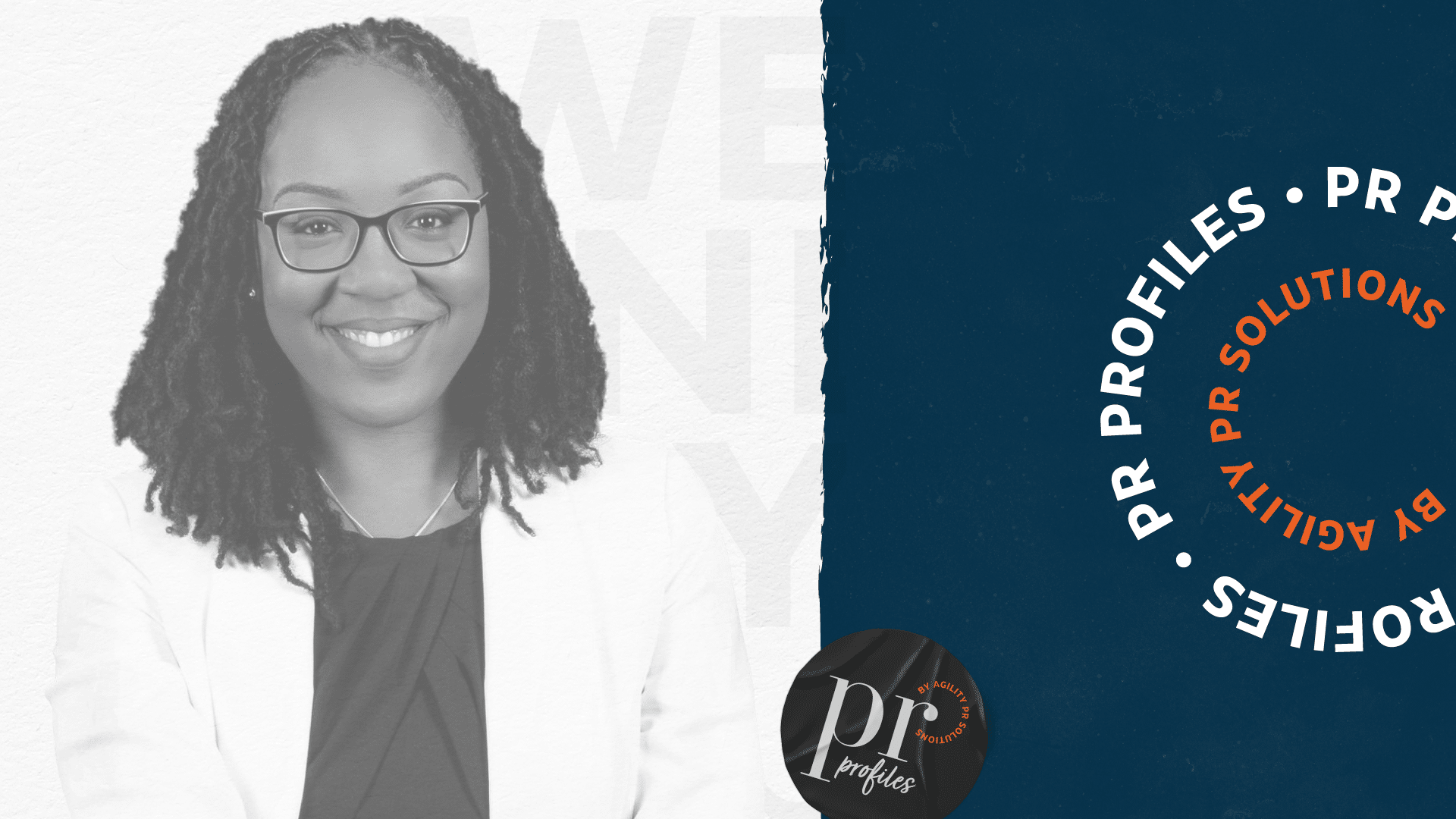In November of 2016, I was thrilled to be accepted to the University of Ottawa and Algonquin College’s joint honors Bachelor of Arts Public Relations program. My university education helped me build self-confidence and independence, allowed me to enjoy exciting opportunities, and provided me with lifelong connections. I learned that the job of a PR pro is powerful, dynamic, unpredictable—and stressful.
I am just one of the thousands of students who graduate from public relations, marketing, and communications programs every year. Are these programs sufficiently preparing the PR pros of the future? Read the rest of my story to discover how PR is taught in 2022, and what skills new grads—and your future entry-level professionals—come to the workplace with.
My educational debut in the world of PR
The University of Ottawa component of the honors PR degree involves 20 courses, including media training, communications, advertising, theory, and research methods. The program taught me the fundamentals of PR. We dissected case studies, analyzed communication plans, strategies, and materials, and we sought to understand crisis communications, advertisements, and mission statements.
While university helped me to understand the theory, history, and functions of PR, the Algonquin College component of the degree allowed me to develop my practical skills. Algonquin required teamwork, professionalism, attention to detail, and creative and critical thinking. There were multiple weekly deadlines and collaboration was required among teammates.
In the Algonquin program (often called ACPR), my classmates and I collaborated with a not-for-profit organization on a fundraising campaign and raised $12,000. ACPR is proud to have raised over $300,000 for more than 25 local and national charities over the years. The campaign taught me the importance of media and influencer relations, social media management, and event coordination. This hands-on experience allowed me to develop writing, editing, visual communications, time and resource management, research and measurement, public speaking, media monitoring, and social listening skills. I gained experience in design, content creation, and social media engagement.
What stood out most in my time at ACPR is the competencies required for this line of work. At uOttawa, there was mostly a focus on learning about theory and history. Having the opportunity to put these into practice highlighted the significance of having strong written communication and interpersonal skills, motivation, energy, creativity, organization, and excellence. ACPR taught me that positively influencing public opinion, swiftly and effectively responding to crises, and repairing reputations is not a simple task. The complexity of certain PR functions and the thought of a dynamic and exciting career kept me interested in all four years of my program.
Keep your writing clear, concise, and consistent
The key to great storytelling is great writing. PR professionals tend to come from diverse backgrounds, including journalism, communications, political science, and liberal arts. Since public relations centers around managing the relationship between an organization and its audiences, PR professionals need to be superb communicators. On top of great interpersonal skills, working in PR means you need to be generous and effective at dealing with different types of people and managing conflict. Being an excellent writer will take you far in this career avenue, if you are able to translate complex ideas into messaging adapted appropriately for its platform and audience.
Public relations professionals are tasked with preparing media kits for publicity, writing press releases to announce new initiatives, drafting speeches for businesses or political leaders, holding press conferences to mitigate crises, and organizing events to solidify relationships with donors. While a critical aspect of a PR role includes managing an organization’s reputation, practitioners may also be expected to pitch news articles to journalists, act as a company spokesperson, write articles or blog posts, or liaise between their client and the news media.
Contribute to the team with energy and creativity
Public relations is not a solo game. You will work closely with colleagues and clients who are expecting professionalism and quality work. I learned that it’s beneficial to show enthusiasm and positivity toward a team, especially since you are always unsure of potential challenges that may arise and could cause stress or overwhelm the team. Teamwork is rewarding and has helped me build the confidence I need to grow and expand as a professional. Working on a team presents new opportunities that can further influence and shape my ideas and knowledge.
Manage your time and resources
Every public relations professional must learn and effectively apply time and resource management skills. Preparing, planning, and executing daily tasks is critical when attempting to maximize time. This can facilitate better client relationships, superior service, and higher quality of work.
Time management is not a skill or course taught at Algonquin or uOttawa, but balancing school and work and living through a pandemic revealed the significance of my time and how I choose to use it. To-do lists are my saving grace and using a tomato timer method always helped me stay on task when completing assignments. By writing out my time management process, I was also able to further understand the steps needed for each task, and it helped me to visualize the pieces of a puzzle required for a massive communications plan. This understanding can be helpful to predict and address client or media inquiries before they arise.
Every day looks different
This dynamic career demands that students graduate with many skills, the development of which can be stressful at times. But the skills requirement highlighted one of the facts that made me fall in love with the program I chose: being a PR pro requires efficient use of time and resources while refining a variety of skills to facilitate excellent reputation management and relationship building. Being open-minded, energetic, and flexible helped me a lot as a student.
Public relations is a fast-paced industry and pros must wear a lot of hats. Tasks take on different shapes, present unique challenges, and make the experience exciting. Whether it’s writing, event planning, media relations, or social media, there are many moving parts that keep PR interesting. In a communications career, no two days will be alike. I’ve discovered that among communications professionals, there is a commonality—we are always searching for innovative ideas to creatively tell our clients’ unique stories.







